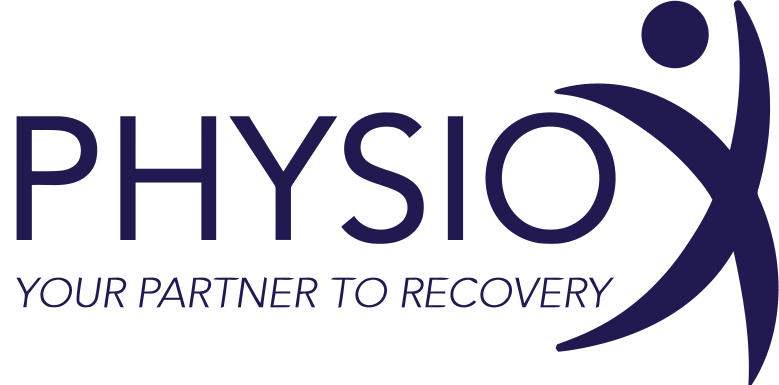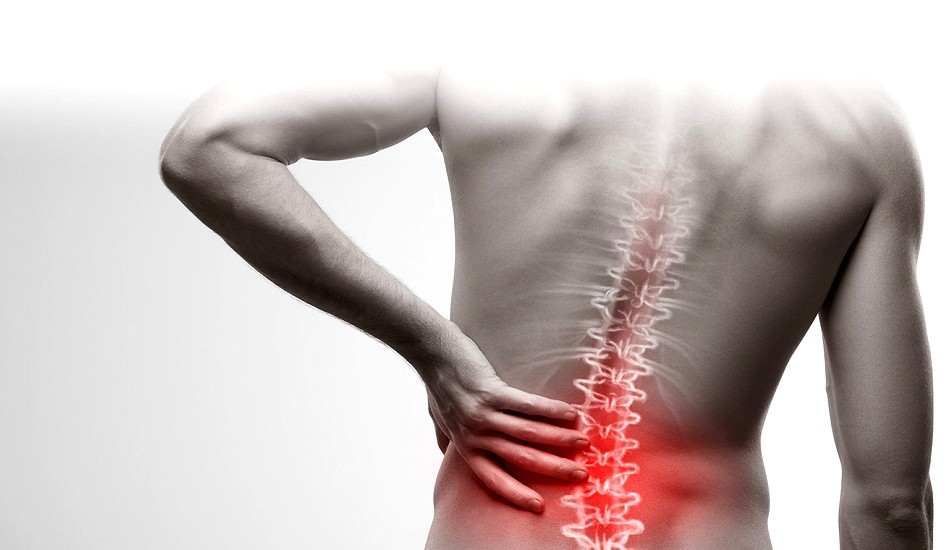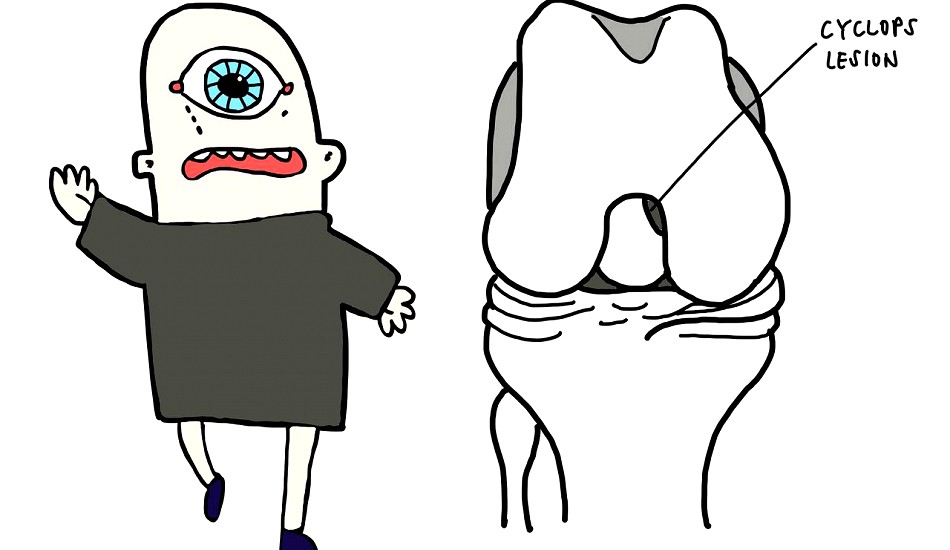KEY POINTS:
- Manual therapy describes a wide variety of treatments, some are entirely passive, while others are only primarily passive in certain scenarios
- It is important for researchers to describe manual therapy interventions in sufficient detail so that they can be reproduced and understood better, in order for clinicians to better assess the value of manual therapy
- It can be an integral part of highly active treatment strategies
- Manual therapy may not always be a passive treatment and hence of low value
Background
Manual therapy interventions have been deemed as a passive intervention by many professionals. However, the viewpoint argues that manual therapy is a management model that consists of many integrated elements, including both active and passive interventions. Ultimately, the use of manual therapy interventions should be guided by sound clinical reasoning. The main objective of the viewpoint is to challenge the common assumption that manual therapy is a passive and low value intervention.
Apparent discrepancy?
Clinical trials and published guidelines show an apparent discrepancy in recommendations for manual therapy. Clinical trials tend to support the use of manual therapy, however, guidelines and recommendations classify it as passive and discourage the use of manual therapy. It is important to establish a definition for “passive” intervention. In the context of Physiotherapy, “passive” refers to treatments in which the patient is playing a passive role during therapy. It typically includes modalities such as ultrasound, electrical stimulation and sometimes manual therapy.
The viewpoint defines manual therapy as a synergistic application of movement-oriented strategies, including exercise and manually applied joint and soft tissue mobilisation and manipulations. It should be guided by a clinical-reasoning framework that informs dosing and progression of all components. They believe that high-quality manual therapy interventions must include active participation of the patient to reinforce any change in symptoms or movement that came about from the hands-on treatment.
Why is reporting details important?
It is important for researchers to describe the details of manual therapy interventions, and clarify procedures by publishing protocols with the intervention details. This is important to improve reproducibility and applicability of the intervention to clinical practice. More often than not, interventions are reported with great ambiguity and little clarification of active versus passive components of manual therapy. Well documented clinical reasoning processes may also be more important than retrospective details of treatment application.
Many systematic reviews assessing the effectiveness of manual therapy tend to exclude papers that integrate manual therapy with active components, as they go beyond the traditional label and definition of “manual therapy”, where it is primarily deemed as a “passive” form of intervention.
References:
Rhon, D. I., & Deyle, G. D. (2021). Manual Therapy: Always a Passive Treatment?. Journal of Orthopaedic & Sports Physical Therapy, 51(10), 474-477.











